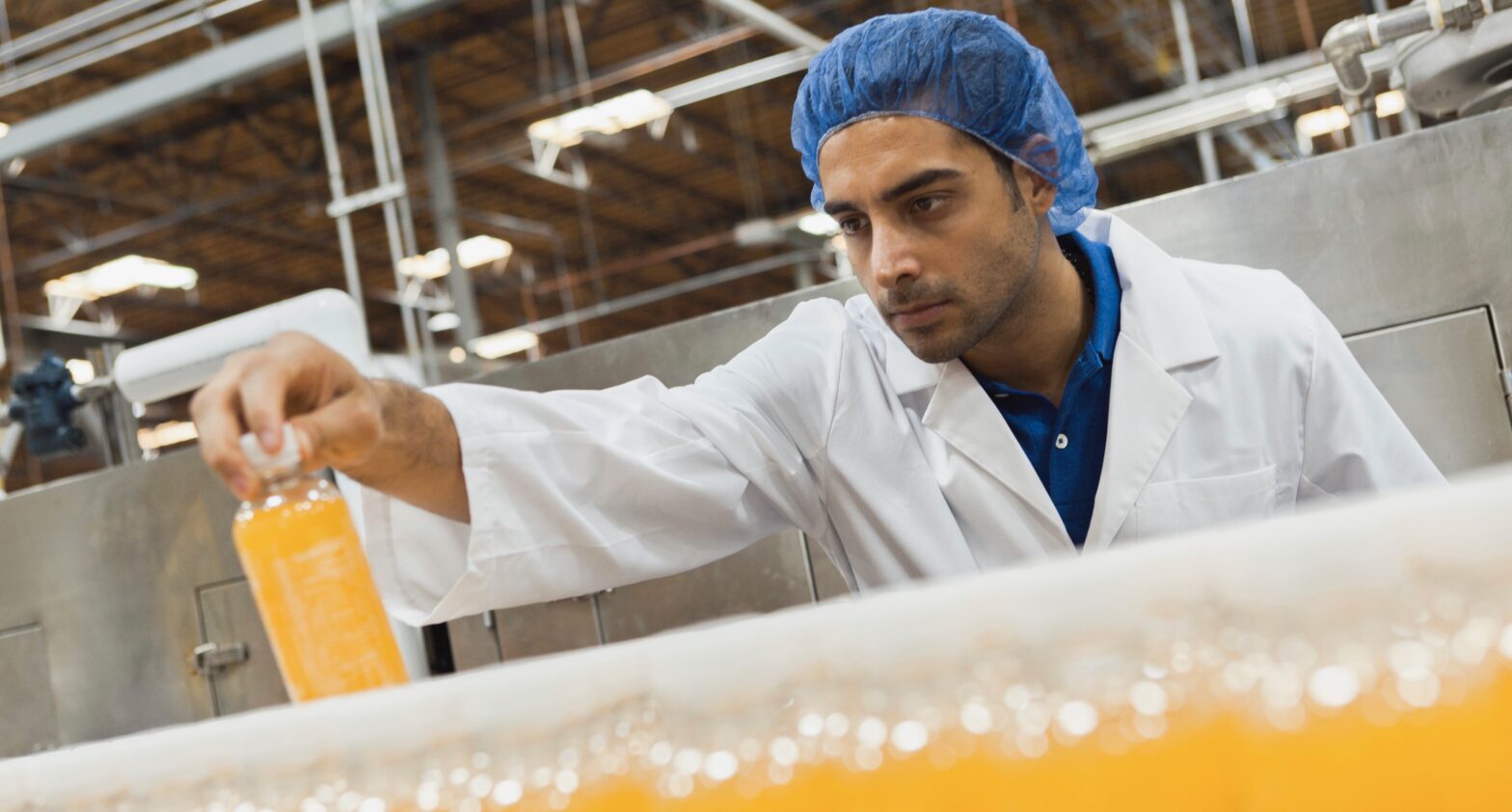Putting a Lid on Beverage Industry Concerns

Some interesting news is brewing in the beverage industry. It’s hip to be healthy, and beverage companies are rushing to add nutrition-forward options to their portfolios. Whether it’s adding value to bottled water through sparkle, flavor, or “enhancements,” creating old favorites with organic ingredients, offering smaller portions, or jumping on the energy drink bandwagon — all while reducing added sugar, of course — it’s clear good health has a hold on the market.
Premiumization is also popular. Craft, artisanal, and small batch are big buzzwords in Beverage and prove consumers will spend more for quality. Consumers also respond to nostalgia. Things from the past feel more authentic to Millennials who treat products as modes of self-expression. Throwback labels and vintage-style packaging also perform well on social media.
There are several challenges to watch out for, however. Here’s a look at some key issues in the Beverage industry with links to resources for solution ideas.
1. Adhere to Label Laws
Stricter label laws will challenge beverage companies who rely on soda sales. Even juice isn’t safe. Avoiding mislabeling mishaps and product recalls will be crucial under stricter regulations. Investing in an operational training program that can be customized to reflect current laws and regulations is one way to make sure workers understand the whys and hows of new, critical, or site-specific procedures. See this video to learn how creating site-specific content can drive important messaging that sticks, even during change.
2. Reinforce Technical Skills
The use of automation is prevalent in the beverage industry and technology is only going to escalate. Having a workforce with the technical skills necessary to operate automated machinery is important to reduce safety incidents. A safety learning program that can validate and document safety training in real time has a better chance of identifying and correcting mistakes before they happen. Incorporating one-on-one coaching into your training program can make sure important knowledge is retained. Corrective actions are also tracked and archived for later reference and verification for audits. This video shows how to go beyond training to more personalized coaching.
3. Avoid Safety Hazards
Workers in beverage facilities face several safety hazards. Between heavy machinery, lifting-related injuries, and wet conditions, a beverage facility can present many dangers. Incidents and injuries cost money and cut into production time. Making sure all workers understand safety procedures is key to reducing incidents. Keeping safety concepts top-of-mind beyond required training is necessary to create a safety culture in your company. When important messages are reinforced around the clock through a variety of ways: interactive quizzes, visual posters, and one-on-one coaching, workers become more confident to take smart actions. This webinar demonstrates how to create a safety culture through multi-channel training.
4. Automate Recordkeeping
Beverage companies must continue to keep up with changing regulations. Post FSMA, regulations have been tightening and some important deadlines are approaching in 2018. A software program that can capture, store, and track data is key to staying compliant. Important documentation needs to be current and readily available for audits. Beverage companies that use primarily analog methods of recordkeeping will find it difficult to keep up with stricter standards for documentation. Watch this webinar for best practices on recordkeeping and documentation.
Beverage companies that take safety seriously up front can avoid costly mistakes and drops in production later. Investing in a multi-channel training program that can create a culture of safety in your company, reaching everyone on your workforce, can go a long way toward ensuring bigger challenges don’t bubble up in the future.





